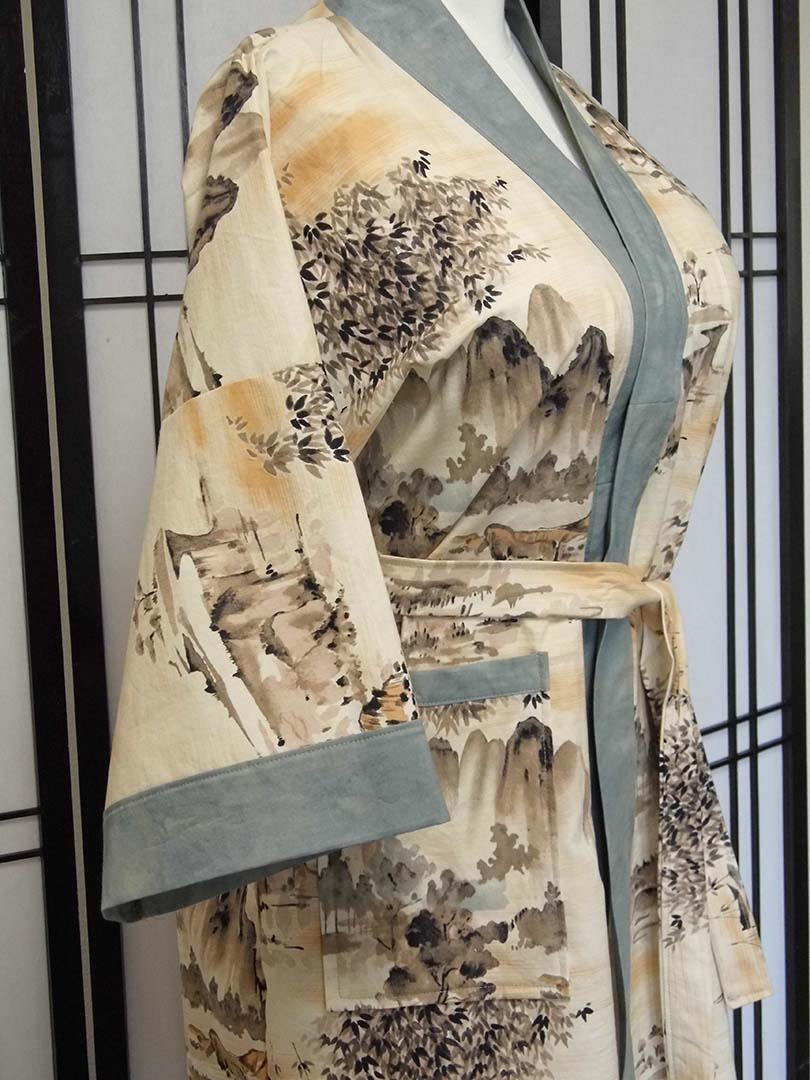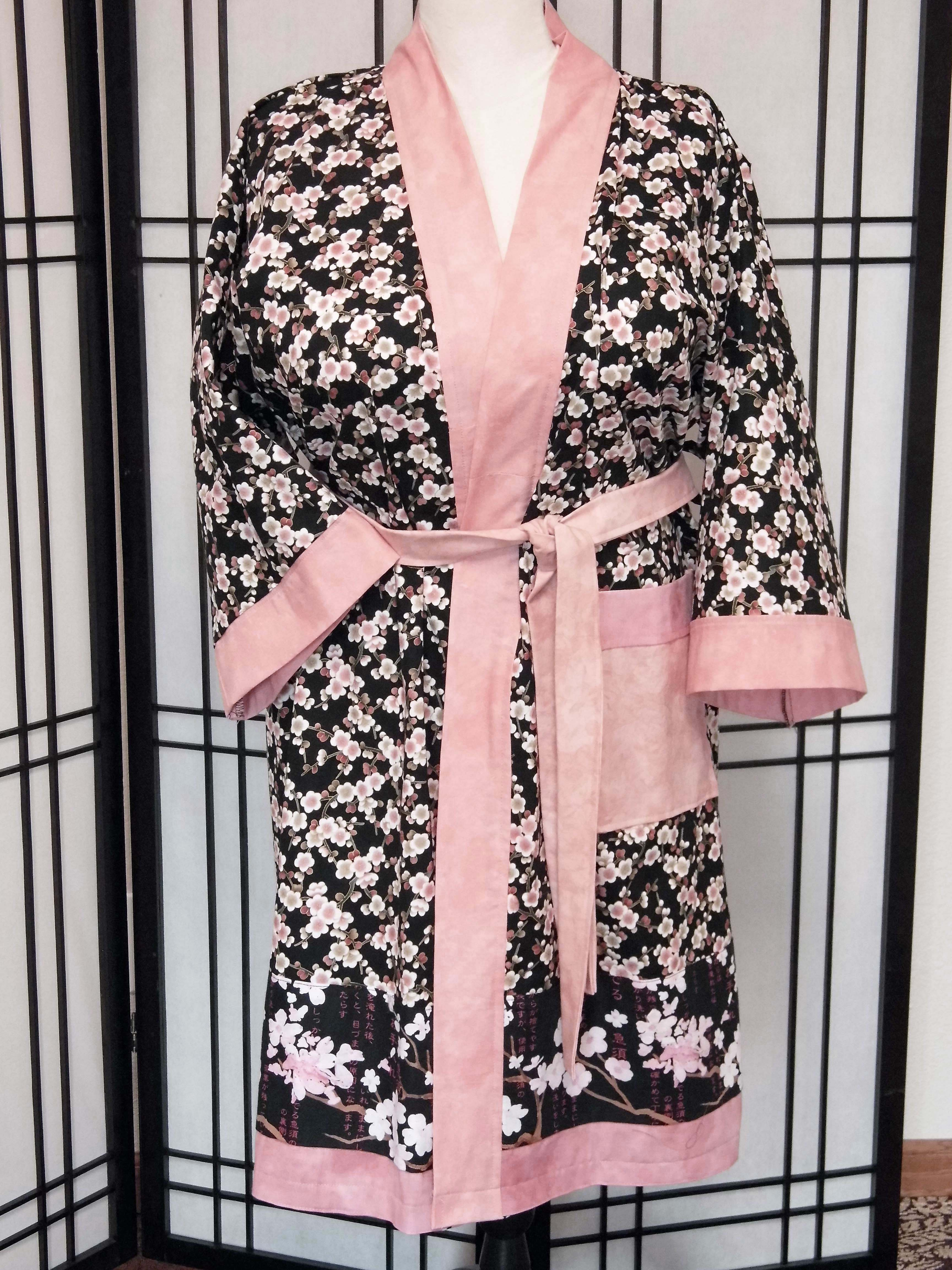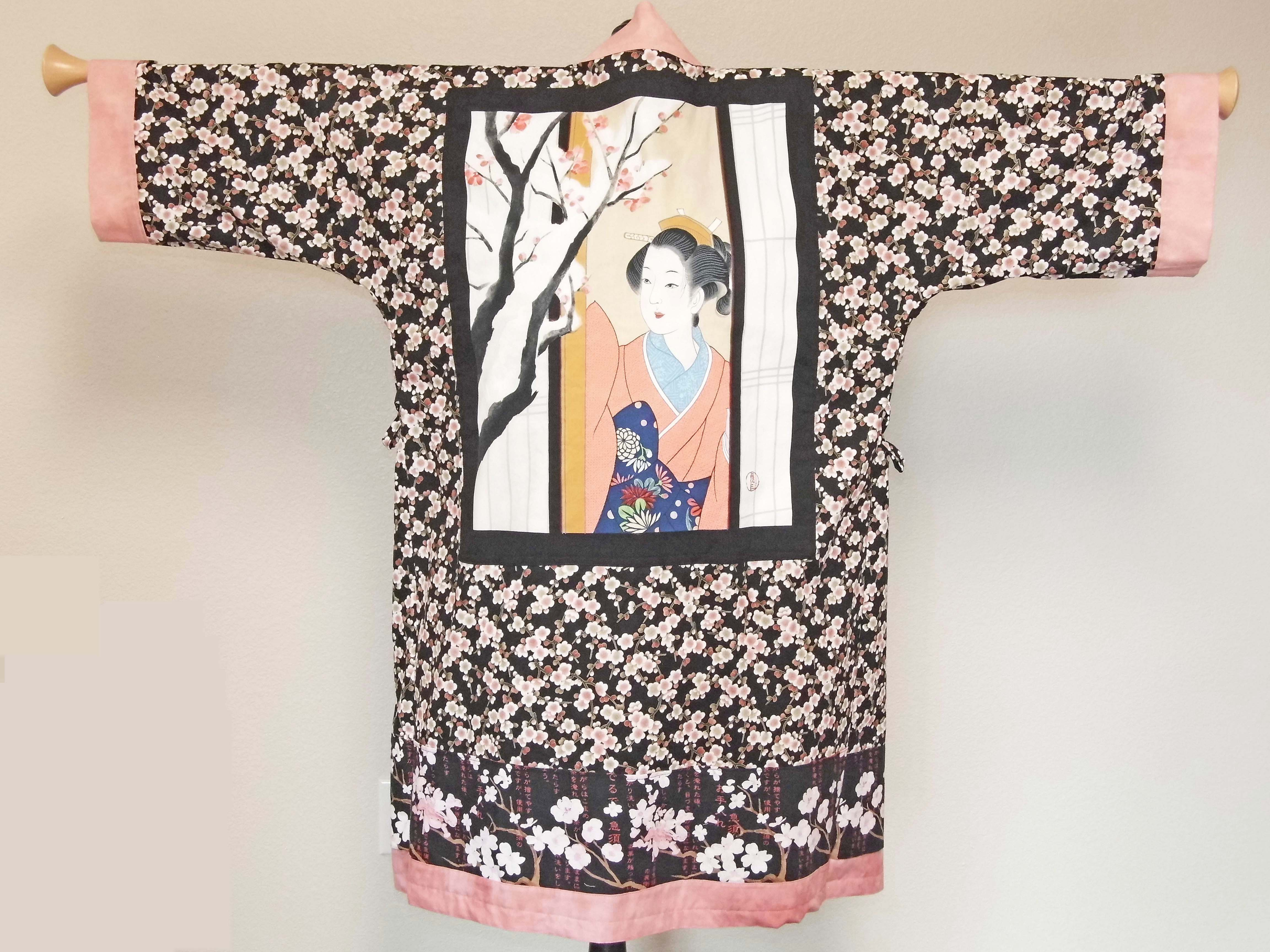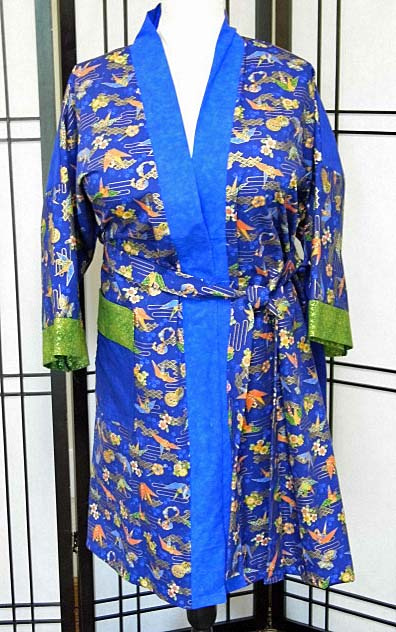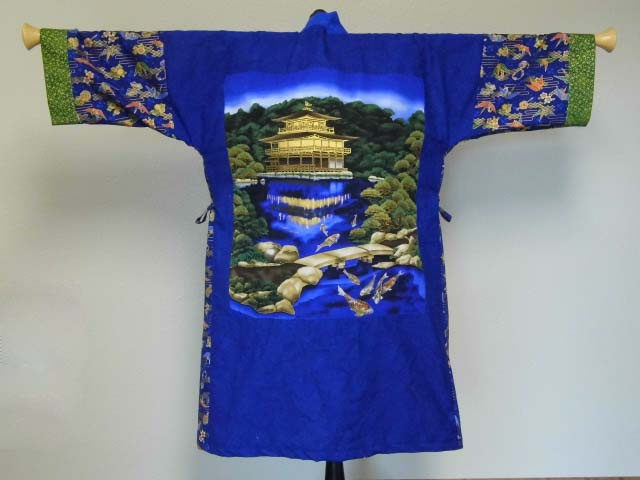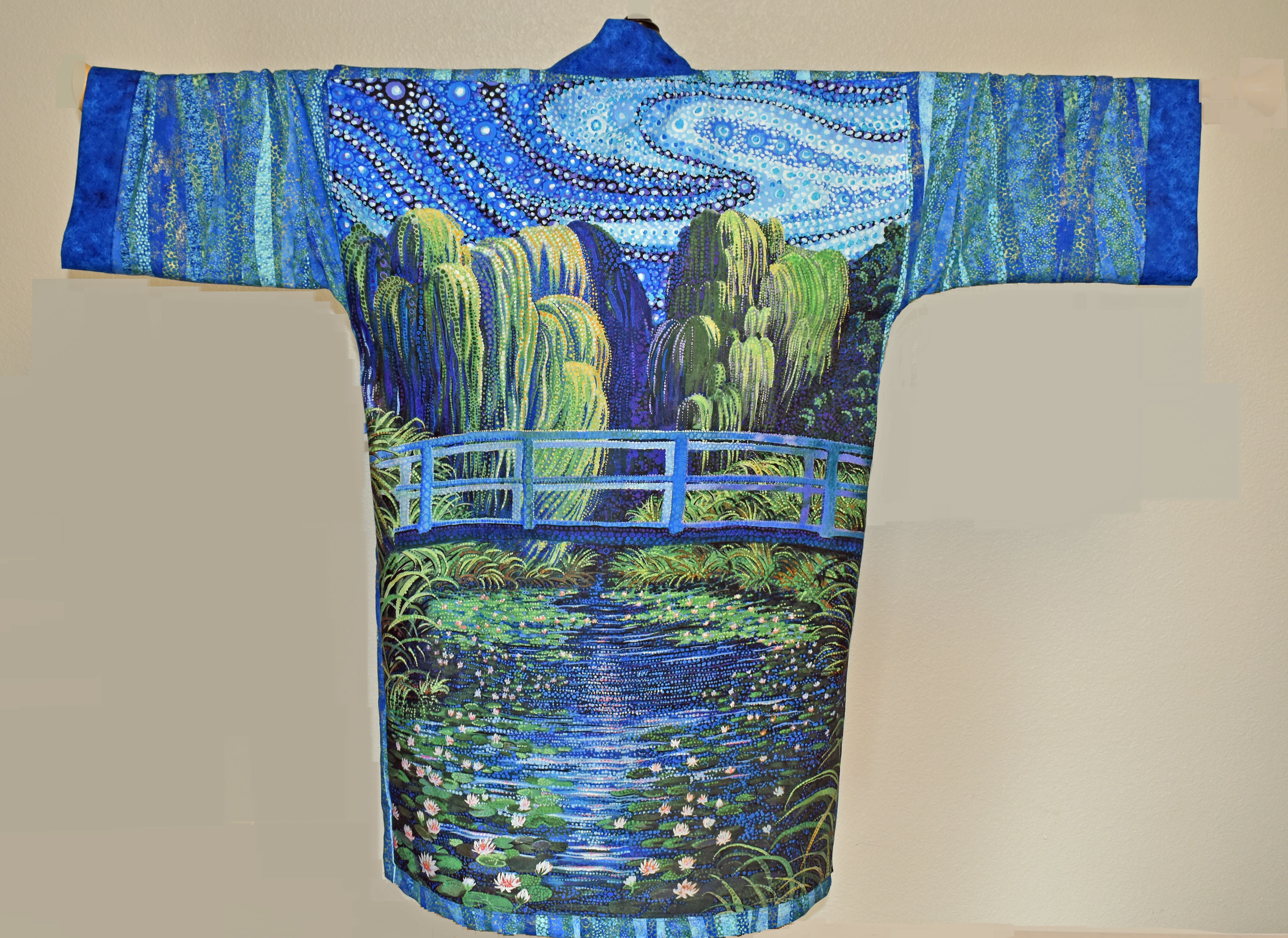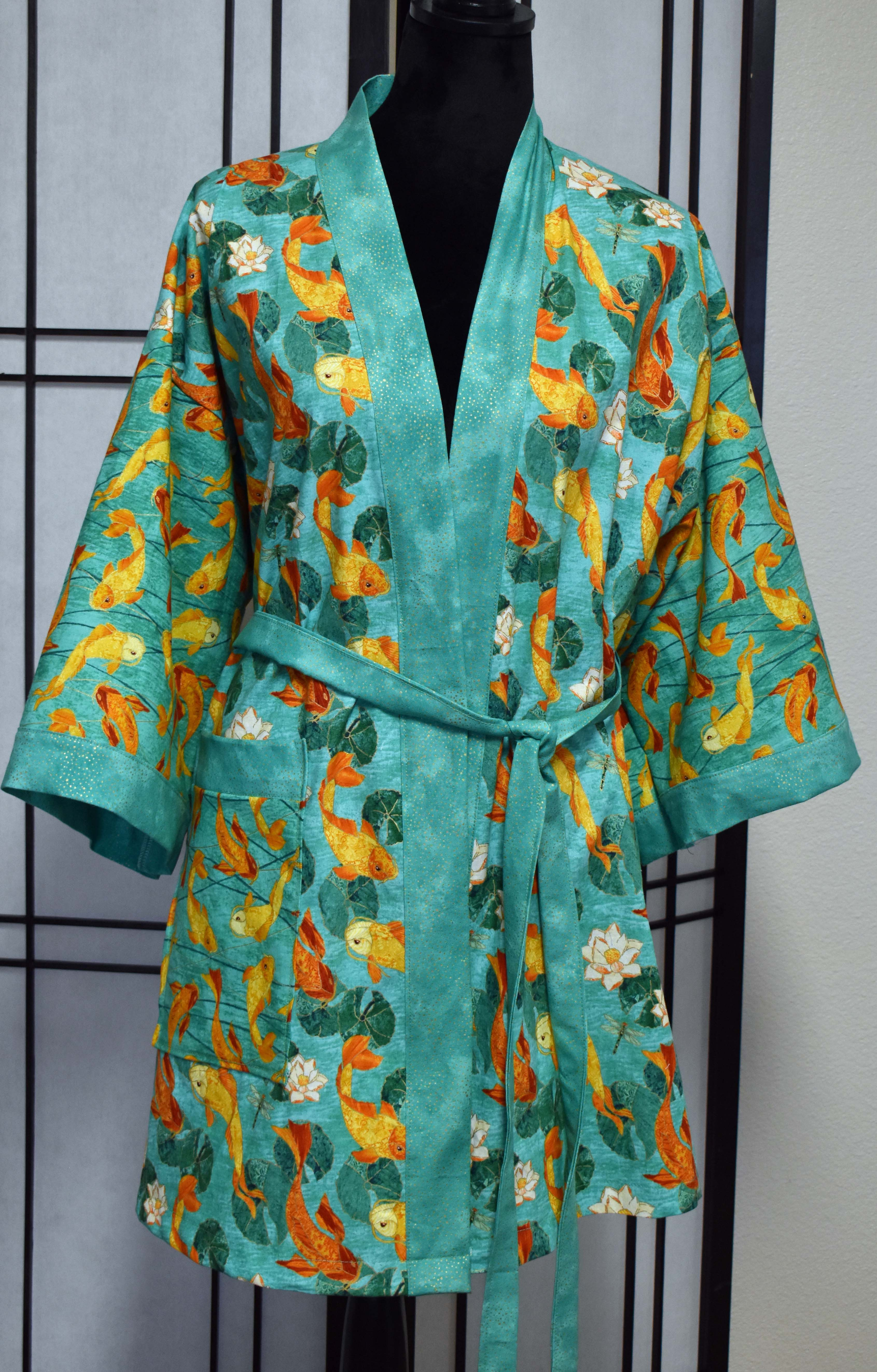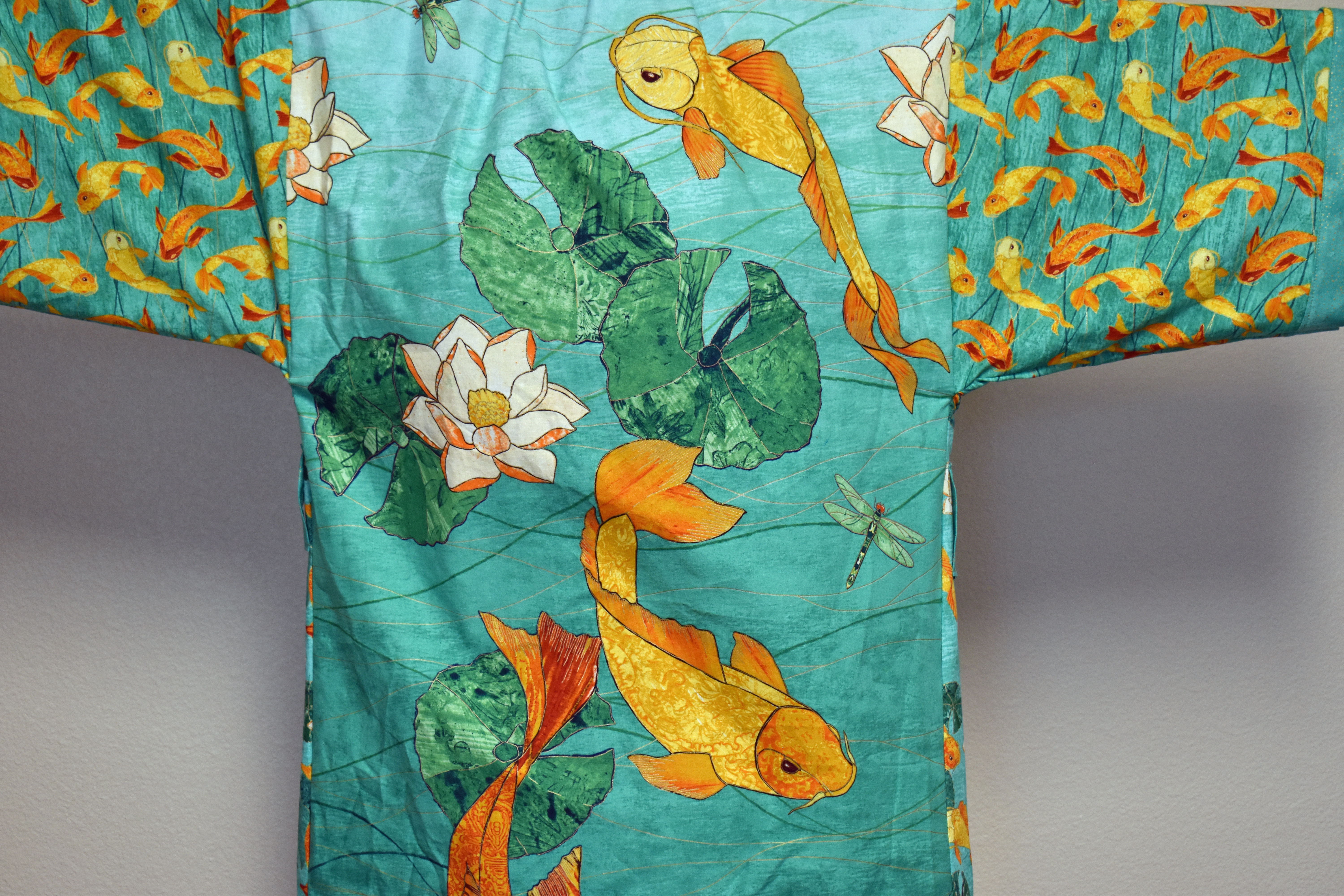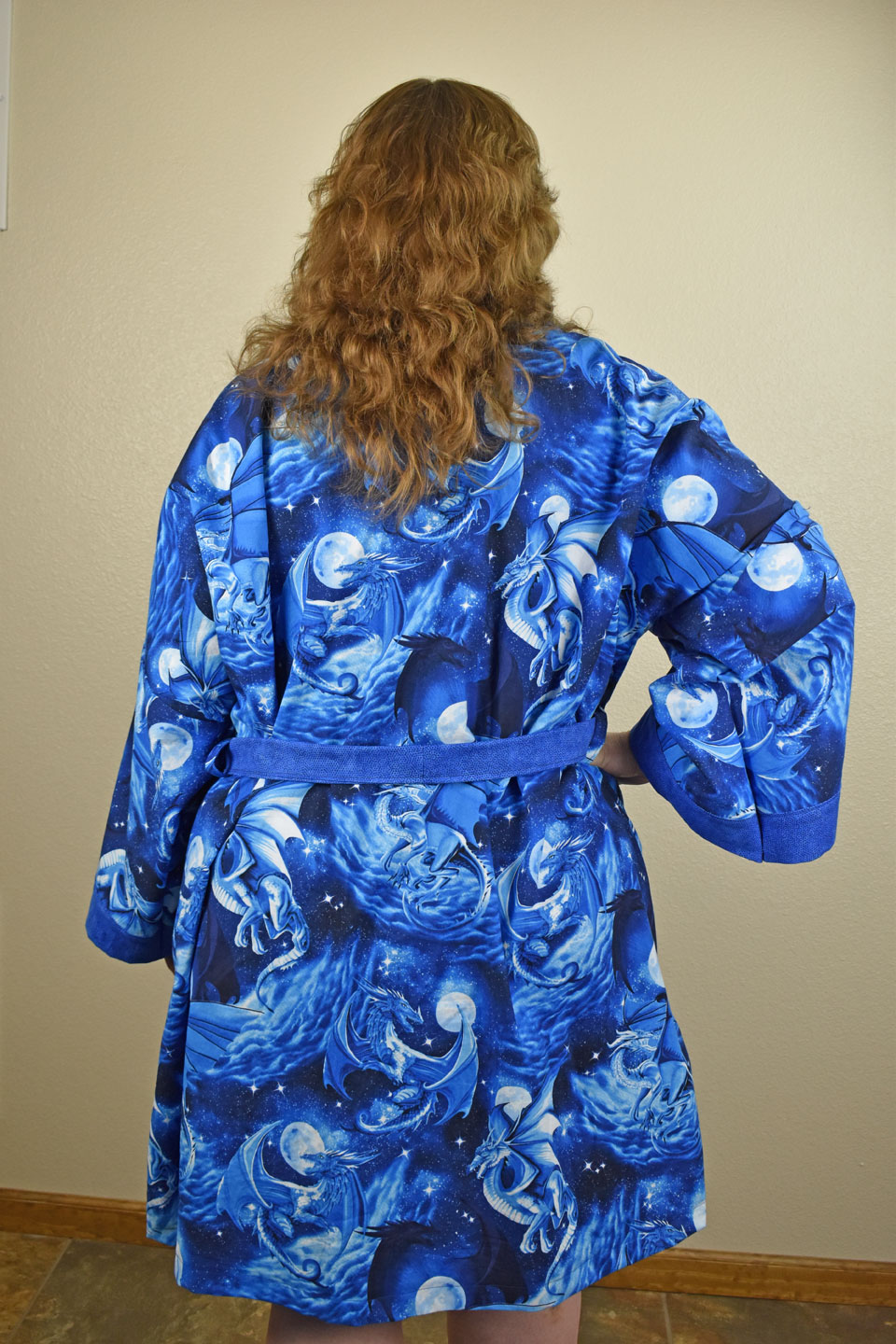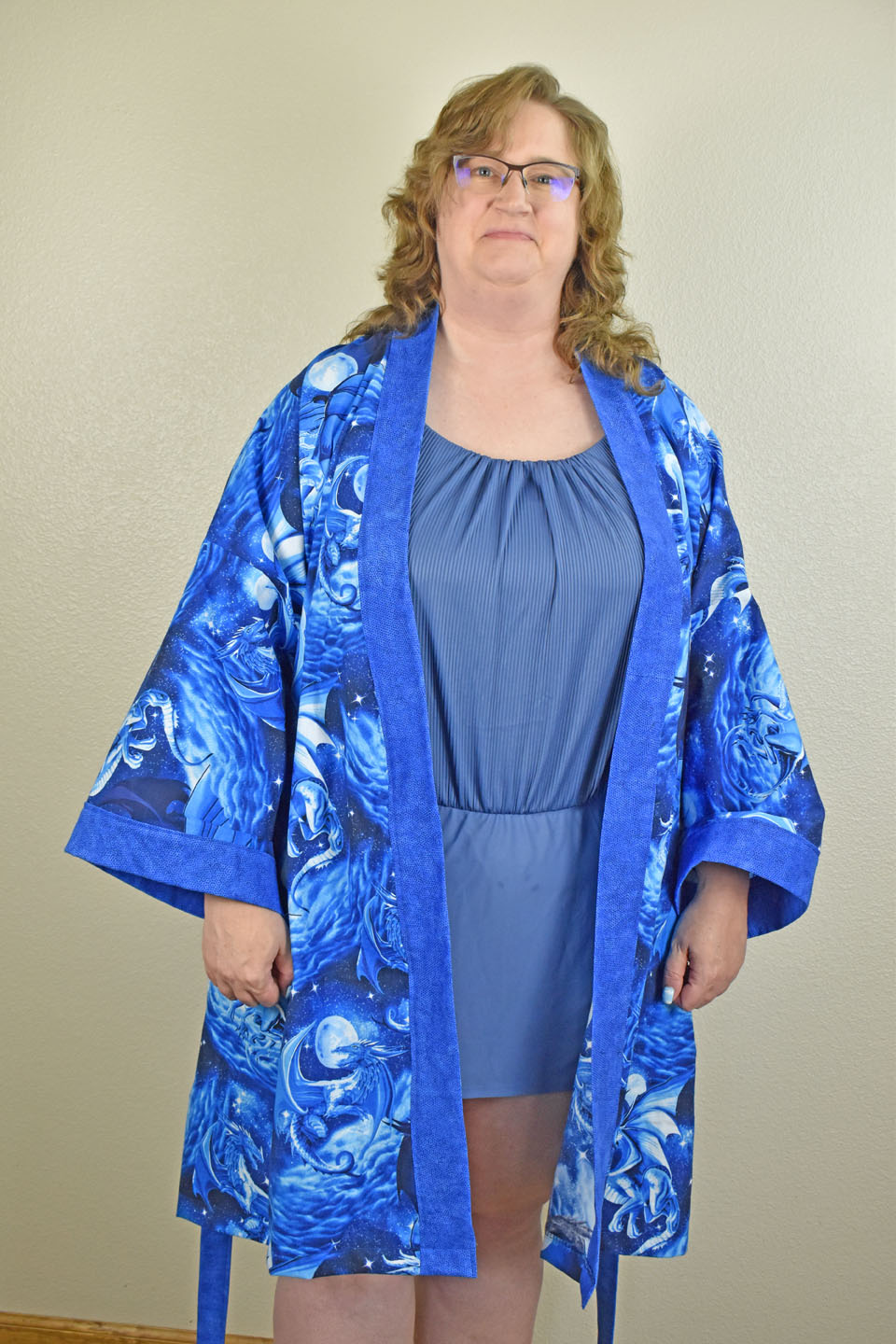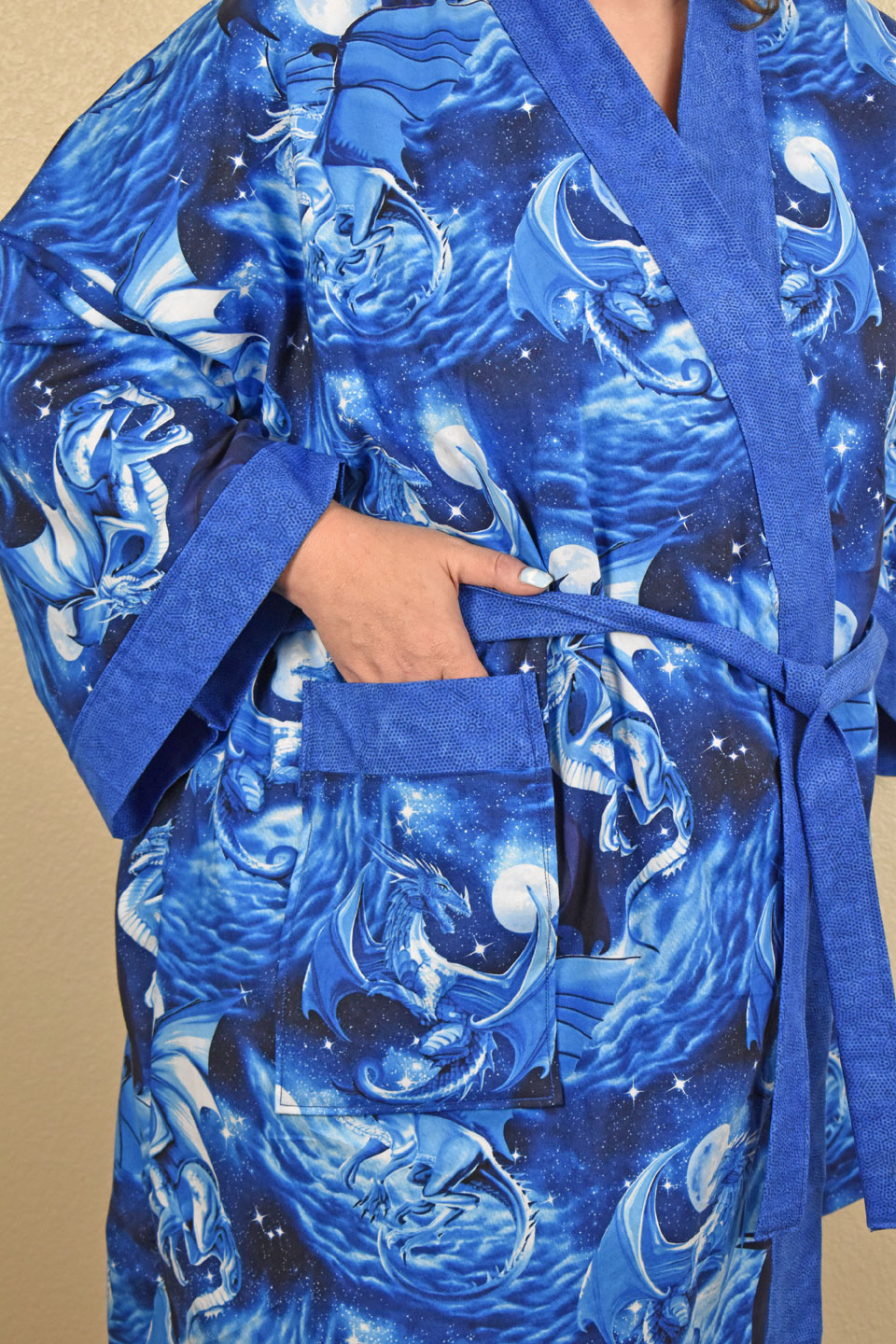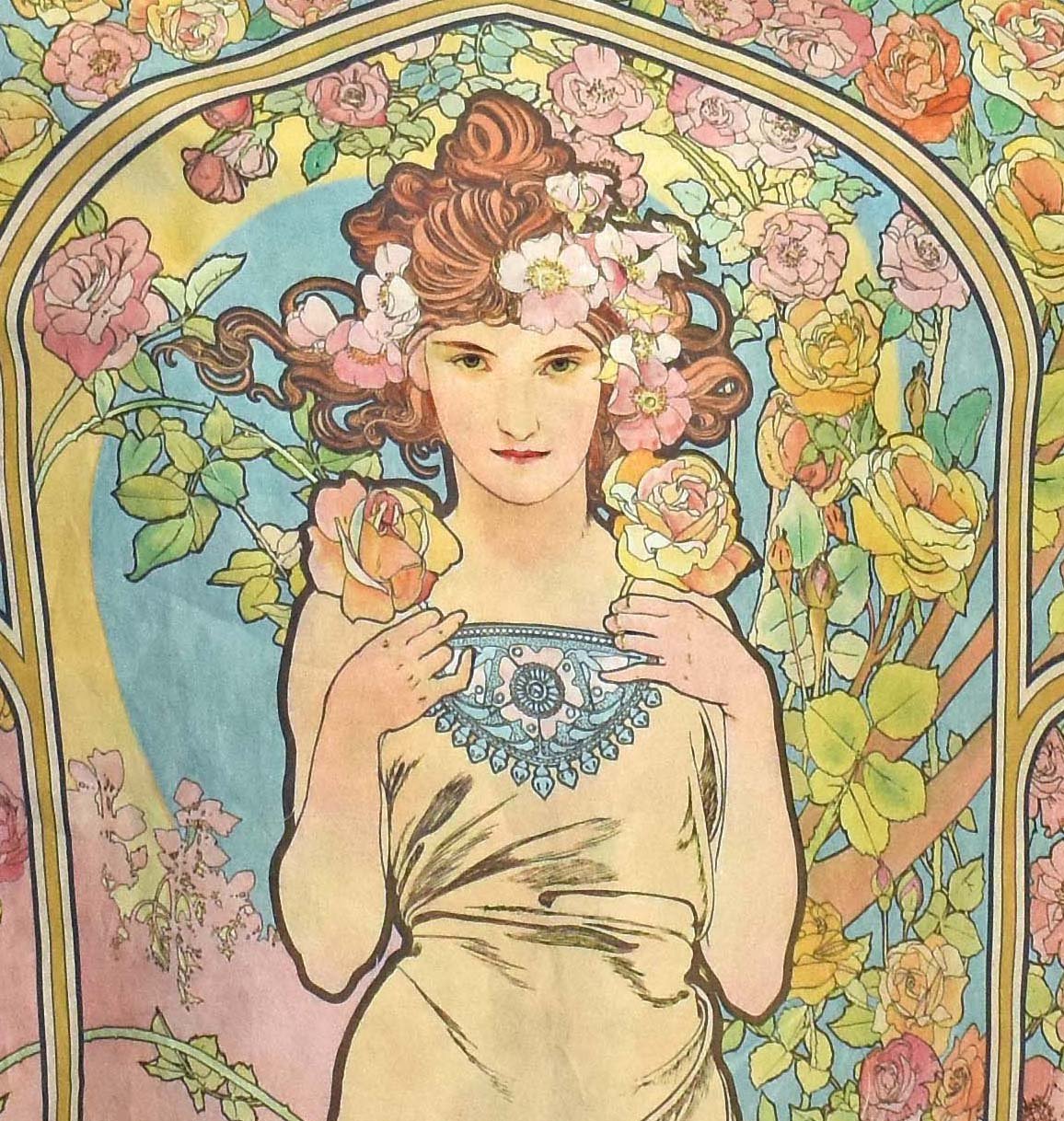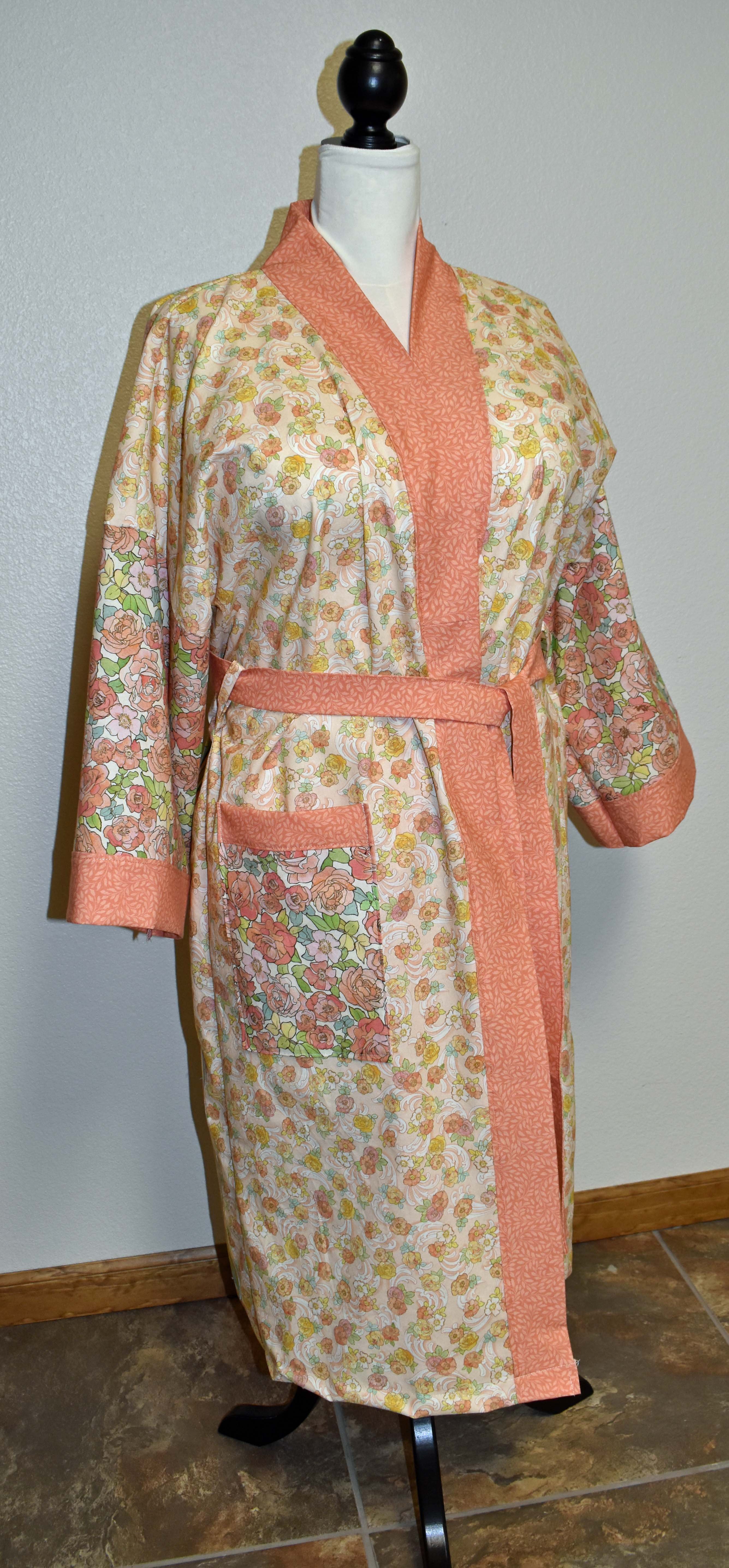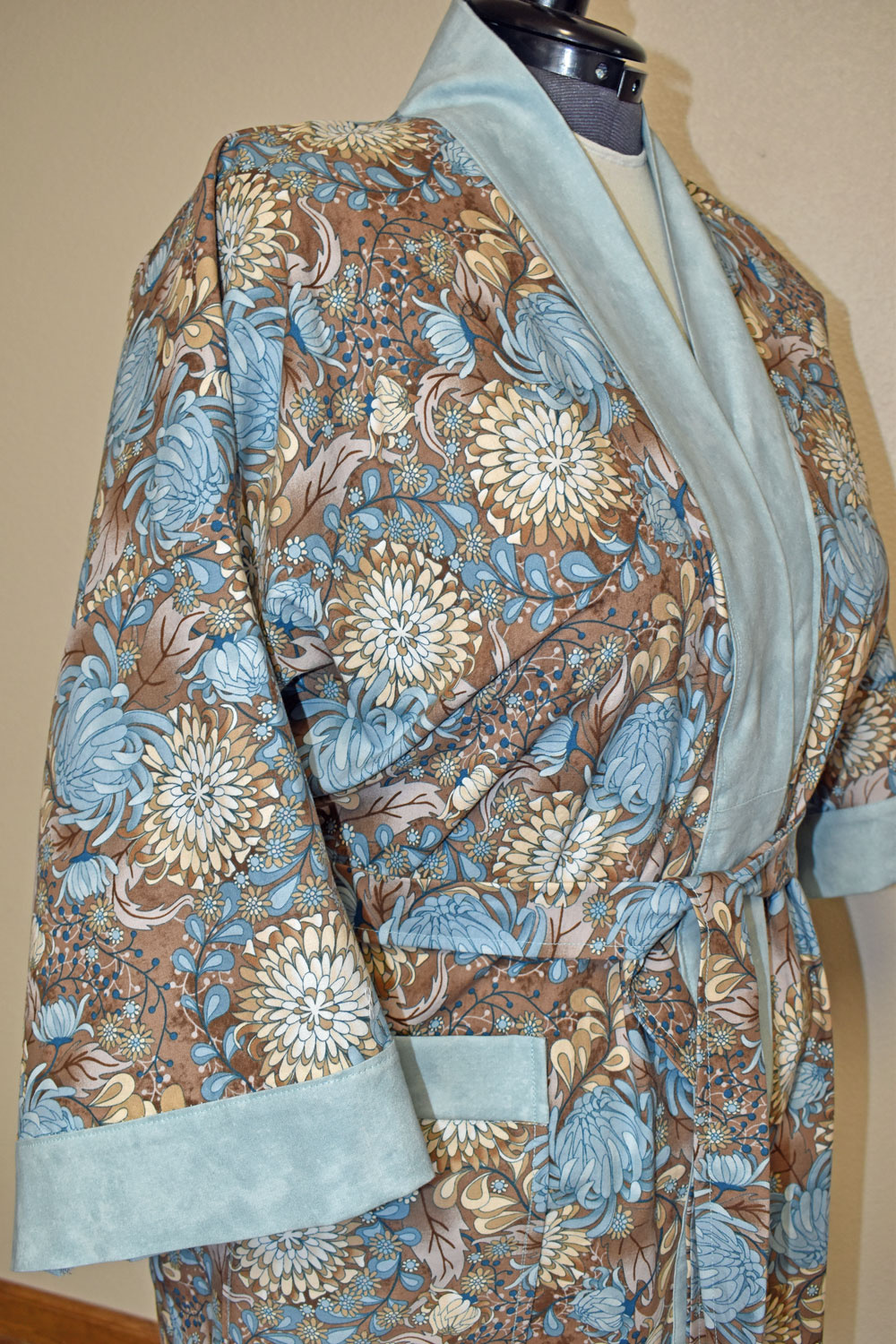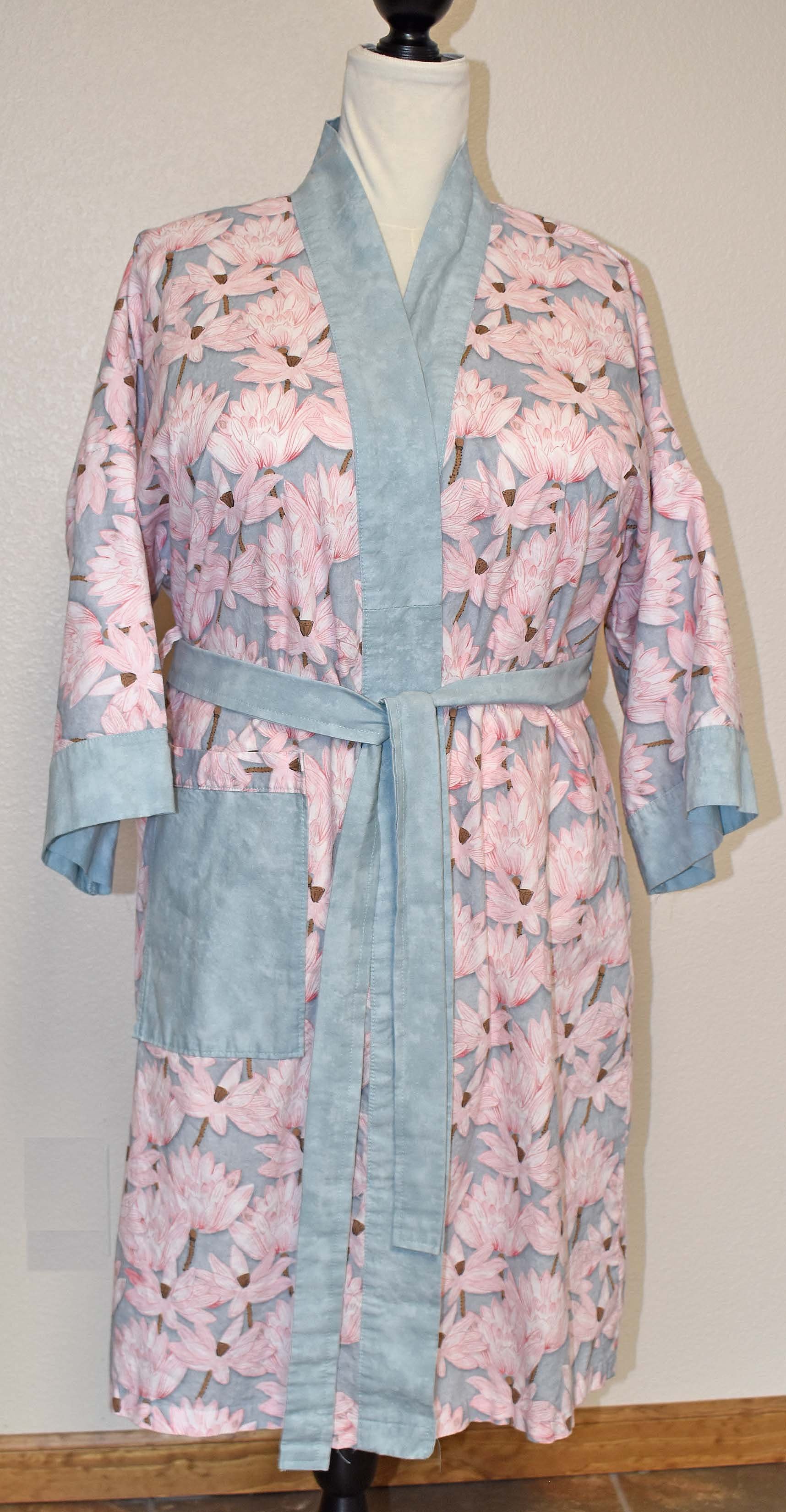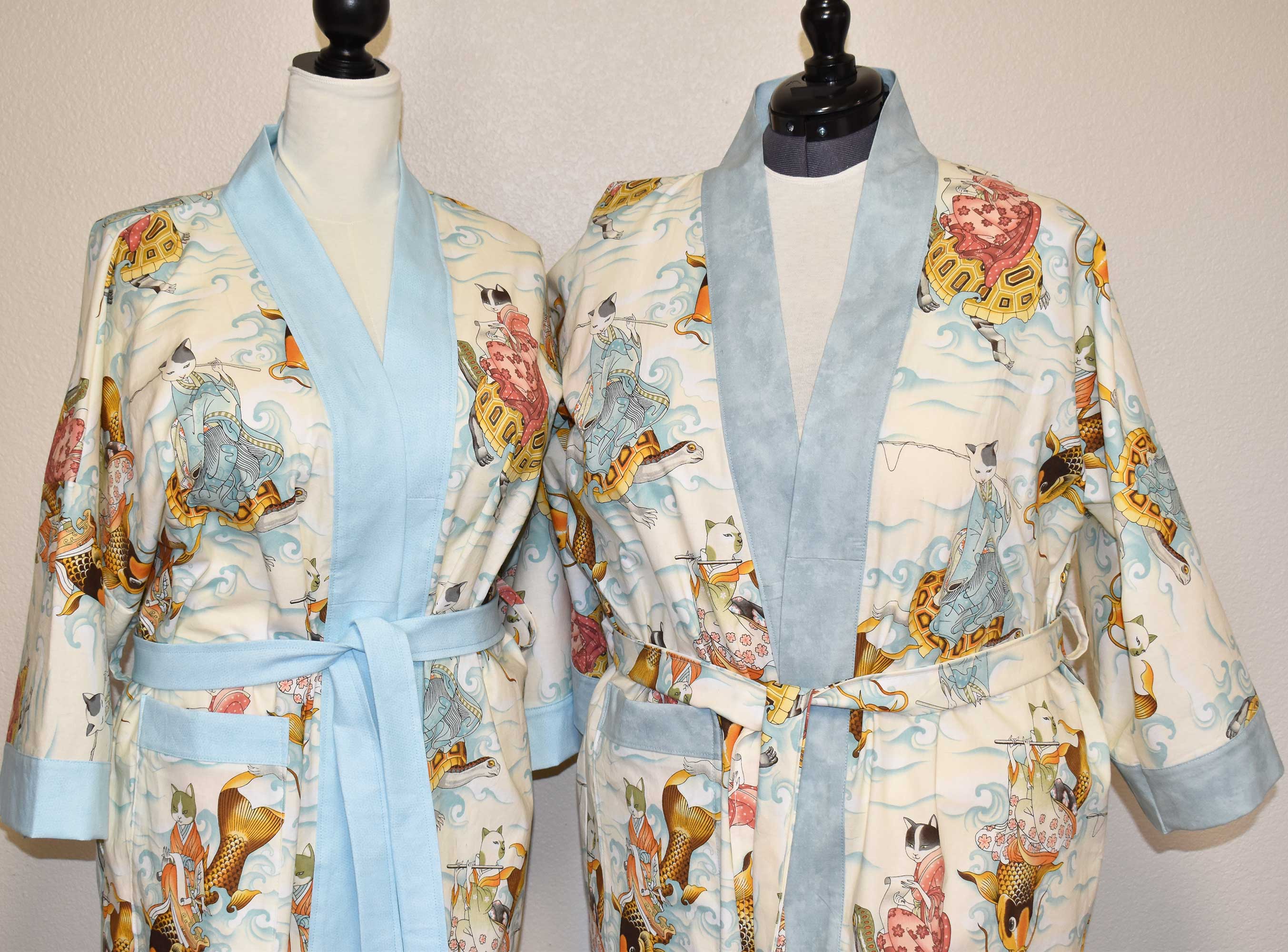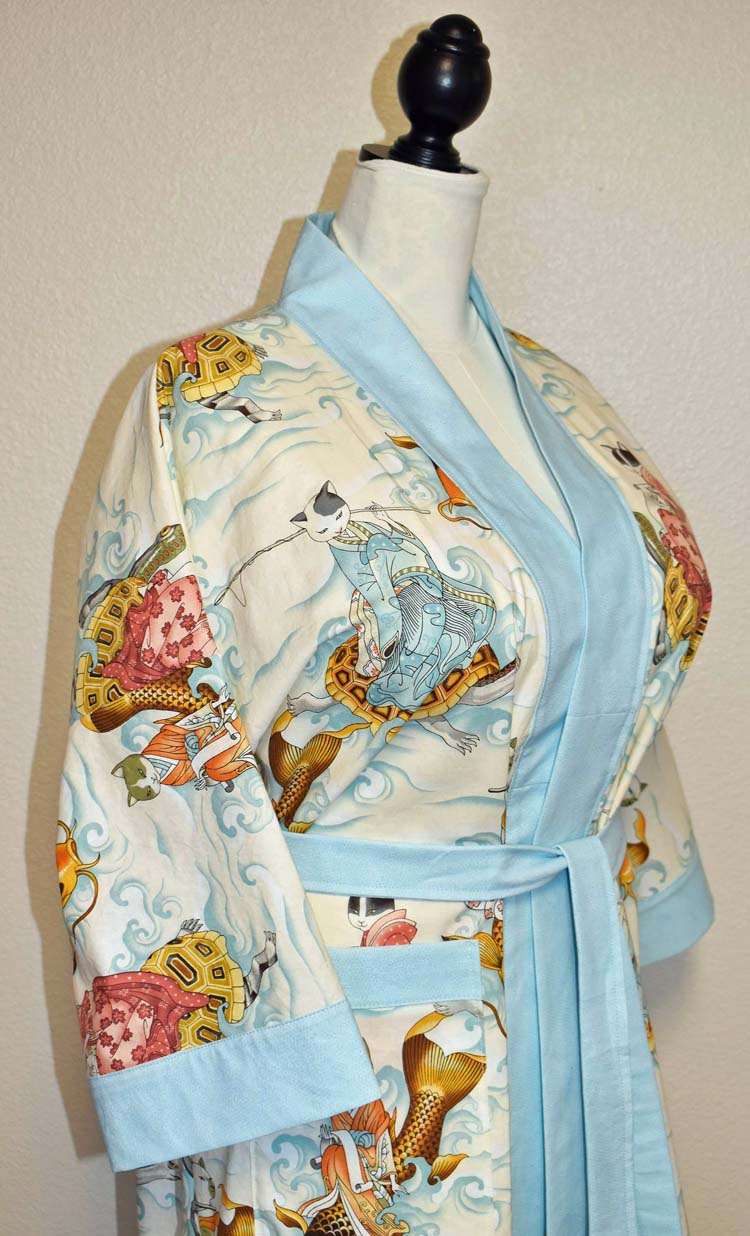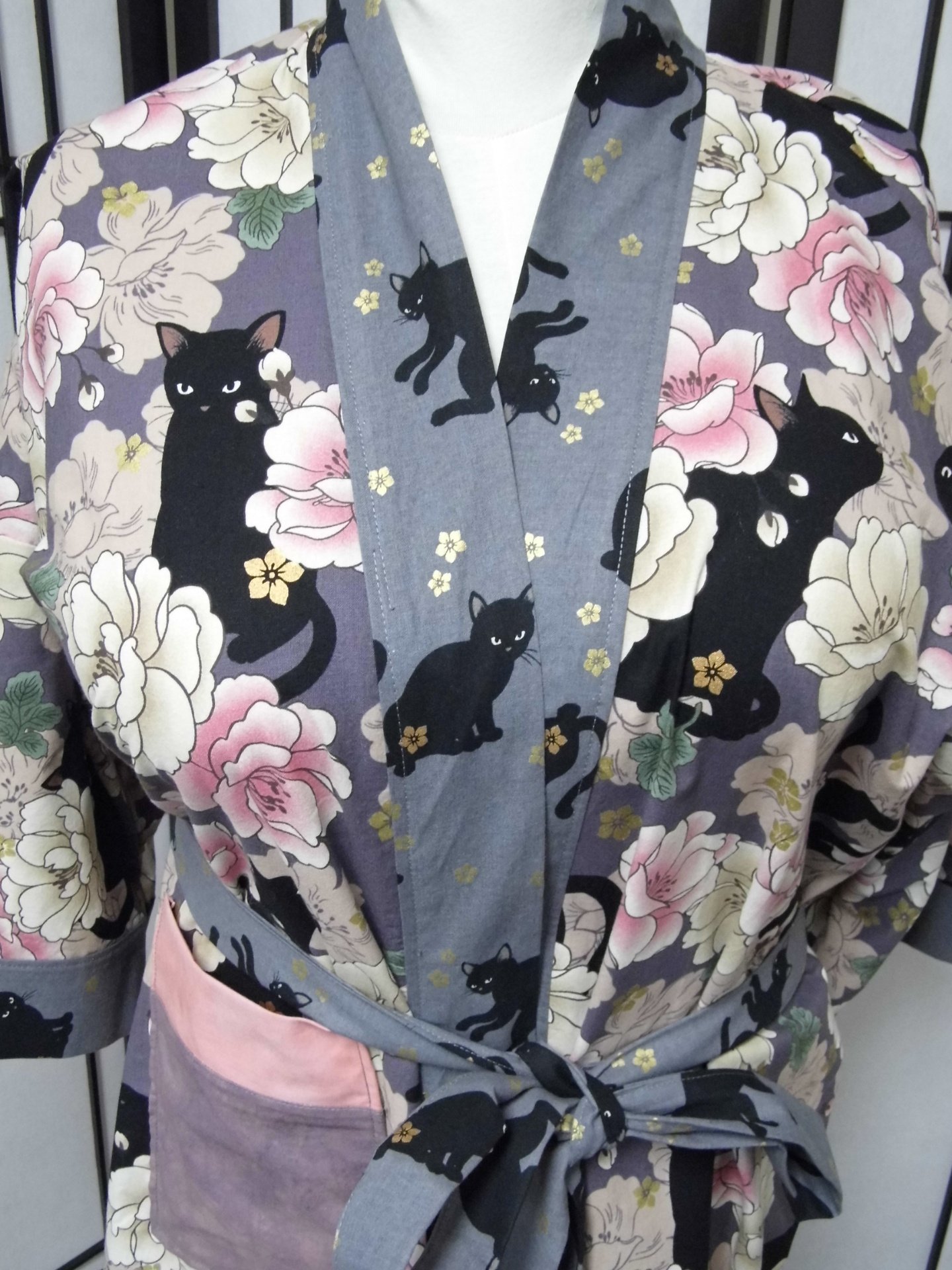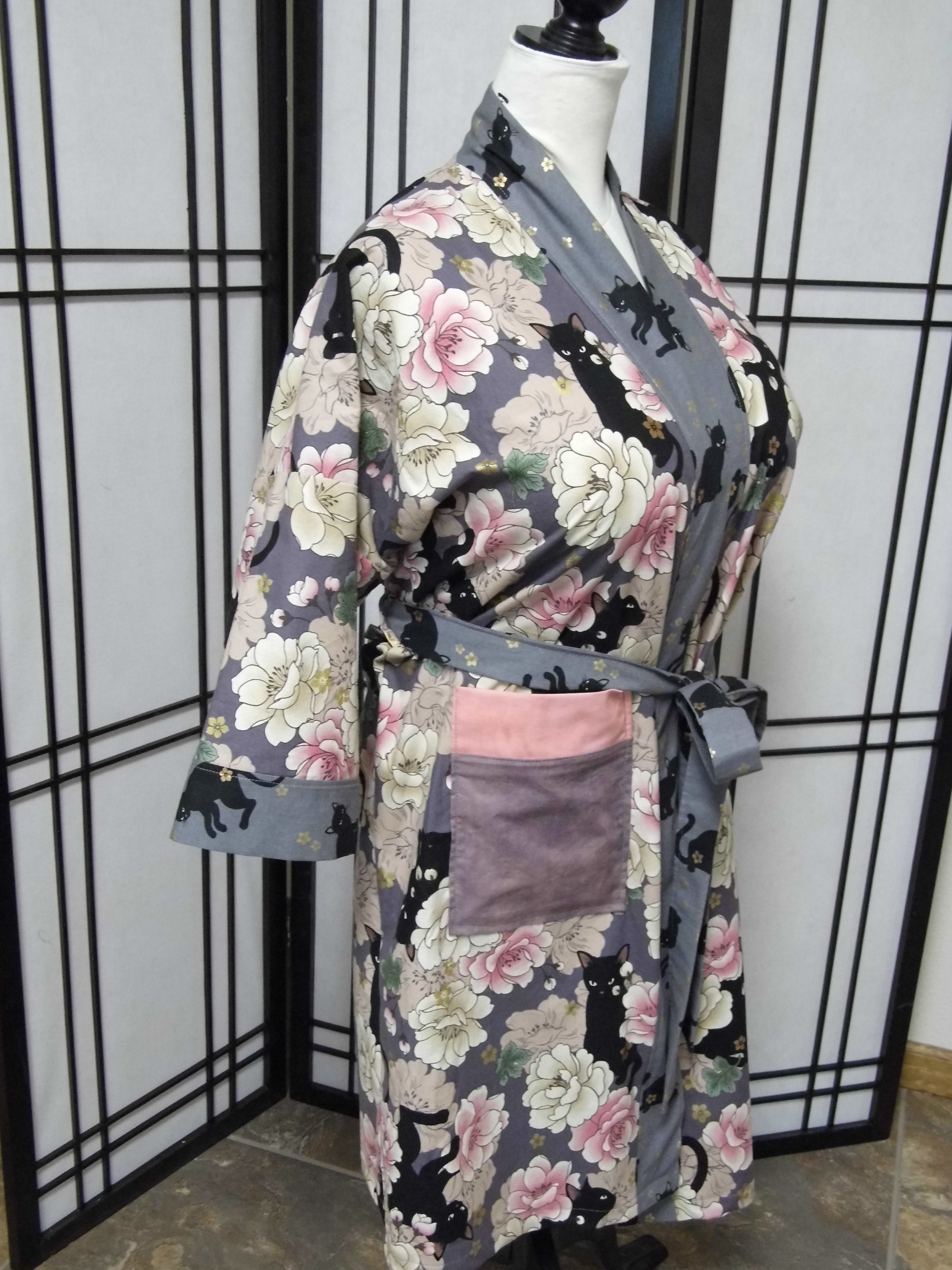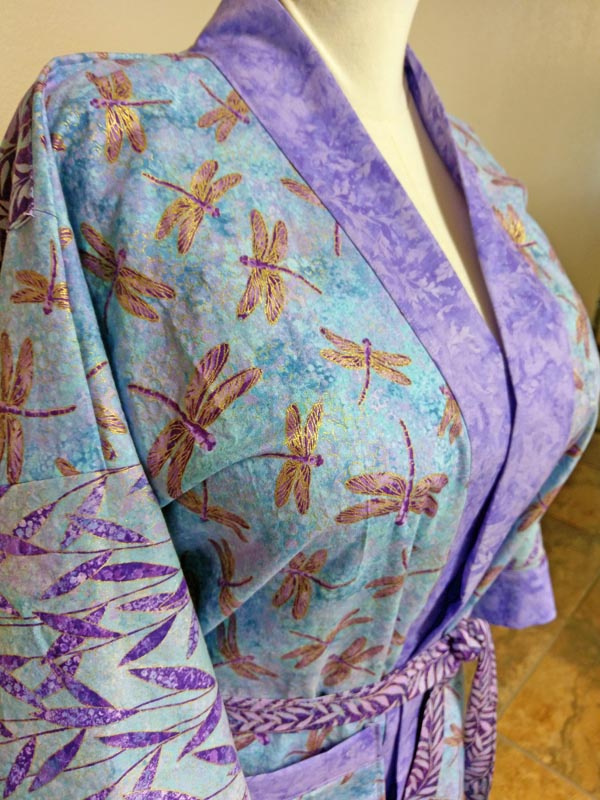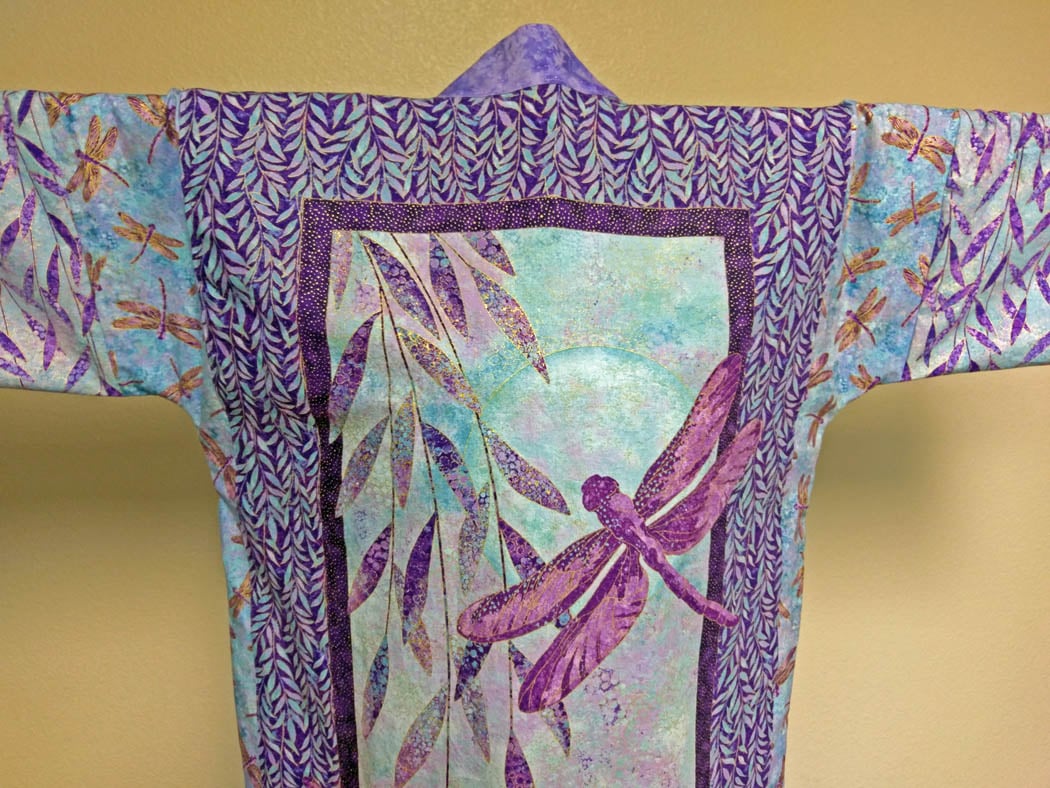
Journaling to Grow and Thrive
May 25, 1976A
s long as there has been something to write on, humans have been keeping journals. You could even say that the earliest cave drawings were journals—capturing the events of a hunt, drawing pictographs that related stories, creating images of the sacred.
A journal is a way of recording and reflecting on your inner life. It is a way of expressing yourself freely, trying out outrageous ideas, tapping into inner wisdom, clarifying thoughts and feelings, recording your dreams, venting emotions, tracking your personal growth, and delighting in unexpected “Ahas”!
A journal is a safe haven, a non-judgmental friend and a trusted confidante. Journal writing is good for our health; it relieves stress, can help boost our immune system, and improve our feeling of well-being.
There's no right or wrong way to keep a journal. You don’t need expensive equipment. The tools are a notebook—whether a special blank book, a composition book from your local drugstore, or loose-leaf pages—and a pen you enjoy. You can use a computer, but writing by hand is more physical; it keeps you in touch with your breath and your heartbeat.
The only rule about journaling is “Allow!”
Guidelines for Journaling
Write as regularly as you can—at the same time of day, if you can. It is not necessary to write every day, but the more frequently you journal, the easier it will become and more productive you’ll be. If you can set aside twenty minutes or a half-hour every morning or evening, or during lunch break, and simply begin writing, you’ll be amazed at what you’ll discover.
The morning is an especially good time to write: your mind is fresh; your dreams are still alive. Practice writing your dreams down whenever you can. Writing in the morning is a good way to start your day and helps you to focus.
Keep your hand moving. Write quickly and freely. Don’t stop to edit or re-read what you’ve written until you’ve completed the session. If you get stuck, write, “I don’t know what to write,” or “I’m stuck.” Repeat the same phrase or sentence, if necessary, until something else comes. Writing from wherever you are will move you to the next place.
Don’t worry about spelling, punctuation or grammar. Don’t worry about it being “good,” or “right.” There’s simply no wrong way to do it.
Go deep. Writing about what matters the most to you will give the most benefit. The act of writing about complex issues can help you to see a path through or beyond the surface and get to the core.
Leave your censor outside the door. This is free writing. Simply allow the words to come and let yourself be surprised. In the words of Julia Cameron, author of The Artists' Way, "The creative process is a process of surrender, not control." Have fun!
Suggestions for Getting Started
A pen you like to write with. Pick a pen that is a pleasure to write with. A roller ball pen is my favorite, smooth and flowing. It sounds simple but try out some different pens at the craft store or office supply and find a pen that you really enjoy writing with.
Begin with a few chosen words. "Today I...," "I feel...," "I want...," "I don't know..." or "I remember...." Just follow your pen. It won't take you further than you want to go. One of my favorite prompts is “What if”…
Favorite Quotes. When I find quotes that I like I write them in my journal. Some journals actually include quotes on some of their pages. Quotes are good for writing prompts, allowing you a starting point for a personal mission statement or philosophical journal entry.
Be imaginative. Write as if you are describing the world to someone that is blind or deaf. Describe the weather, your room, or the sounds you hear. Let it lead you somewhere. Remember this is a no judgement zone.
Explore the positive along with the negative. Celebrate yourself and your life as well as venting your emotions. Venting your emotions on paper is a good way to purge your feelings and not let them build up to toxic levels.
Date your entry. This will keep you grounded in the present and help you reference entries you may want to find later. It is as if you are recording your history and by putting the date you can recall all the things that happened.
Journaling as a Creative Tool
A journal is a great place to track ideas. Our minds are constantly thinking and making connections. Ideas can be fleeting and a journal is a good place to capture them.
Sketches: You may not believe yourself to be an artist but practice making sketches to go with your journal entries. Maybe a sketch of your ideal personal studio, or library could be included in your journal.
Photos: Now that we carry a camera with us every day in the form of a cell phone, why not include a photo? I often take photos of patterns or fabric that I like. I include them in my ‘idea journal’ so that I can go back to them when I have a project that needs something similar.
Journaling teaches us to both trust and nourish our inner lives. It is a personal account of who we are without the judgement of others. A journal is rewarding and insightful discovery of your true self.
Watch for our next article on Art Journaling and Travel Journaling.
Author’s content used under license, © Claire Communications













